Ever since I returned to film photography (with a Rolleicord bought from street photographer and Ilford artisan partner Keith Moss – now a friend) I have concentrated on exposing for good negatives. This has led me through numerous film stocks, developers and camera formats, and a gear acquisition strategy I compare to a game of Monopoly. Always trying, experimenting, changing to find that which I think of as perfection. Hampered by a natural indolence and carpel tunnel syndrome in both hands, and inspired by a visit to Wetzlar with a 1933 Leica III, I have decided that lightness and great optics (the lodestar of Oscar Barnack) are really what I need, but I still hanker after medium format.
As I get closer to moving to Devon, I have taken to visiting numerous London sights to document them. A visit to Highgate with an East German Werra with Zeiss Flektogon to photograph Karl Marx (don’t ask) led on to a trip to the magnificent Victorian necropolis at Kensal Green. There I found death at its most ostentatious, gothic and downright bizarre (plus the modest grave of Frederick Scott Archer – the founder of wet plate collodion photography).
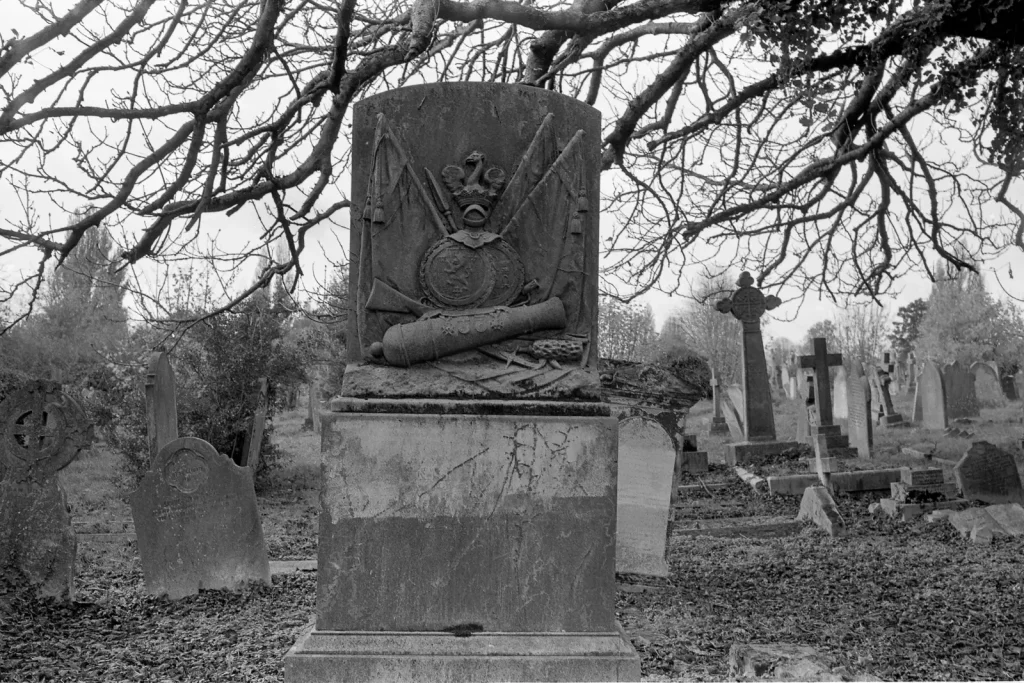
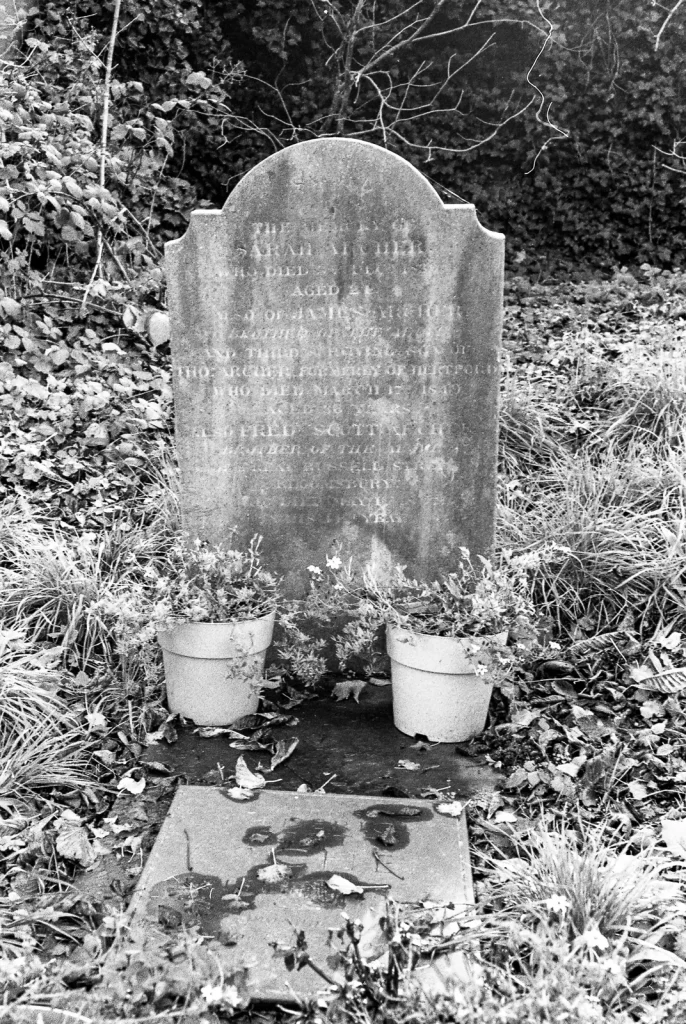
Equipped with a Leica M5 with Zeiss Biogon C 35mm f2.8 and experimenting with Kentmere 400 exposed at 200 and developed in Ilford Perceptol 1:2, I found subjects of wonder for black and white. The Leica M5 is a camera outwith the norm of the M, large but with a superb meter, excellent ergonomics like the Leicaflex SL2, and a bright viewfinder with match needle metering. It sits comfortably in my hands and takes lovely photos. The Zeiss Biogon C has always impressed me for colour, sharp and contrasty it works equally brilliantly with monochrome, although in a different style to some beloved Leica glass.
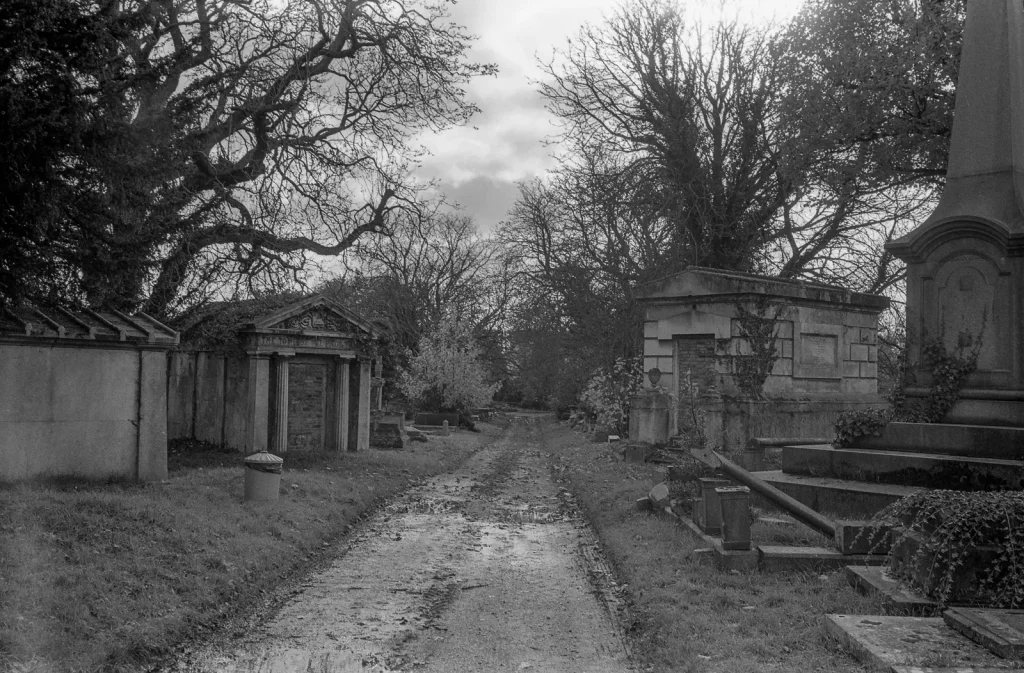
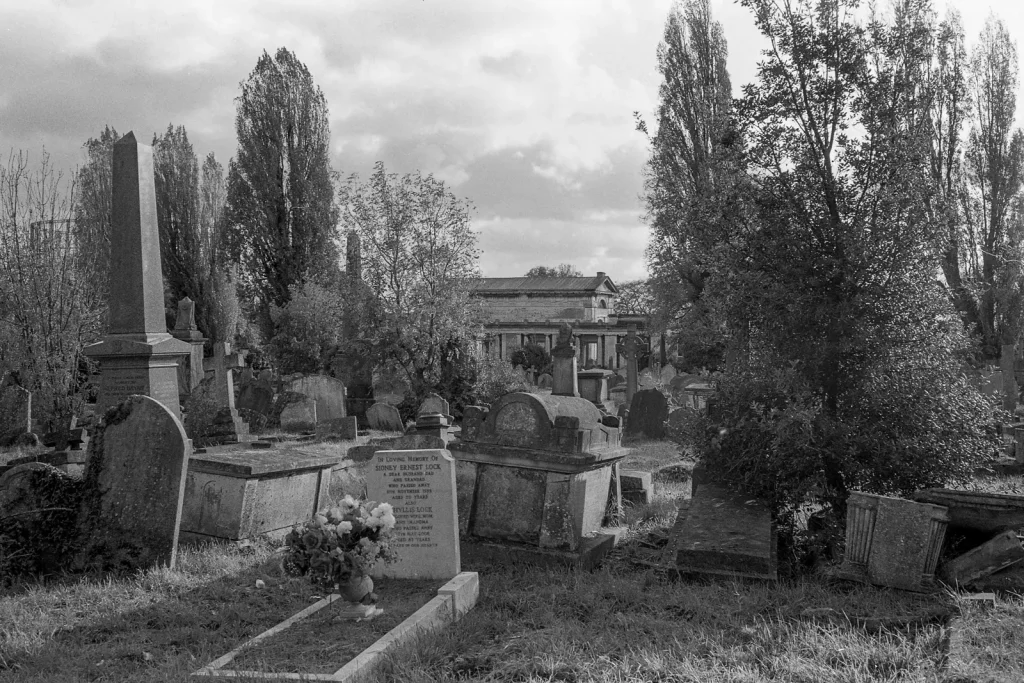
The Kentmere came out beautifully with Perceptol, you lose a stop of speed but gain so much resolution and softer grain that it could be much more expensive film. Finally though as I came back through Paddington, the camera, lens and developer produced an image that convinced me that I only need this camera and a few lenses, no more carting around a Hasselblad or Rollei.
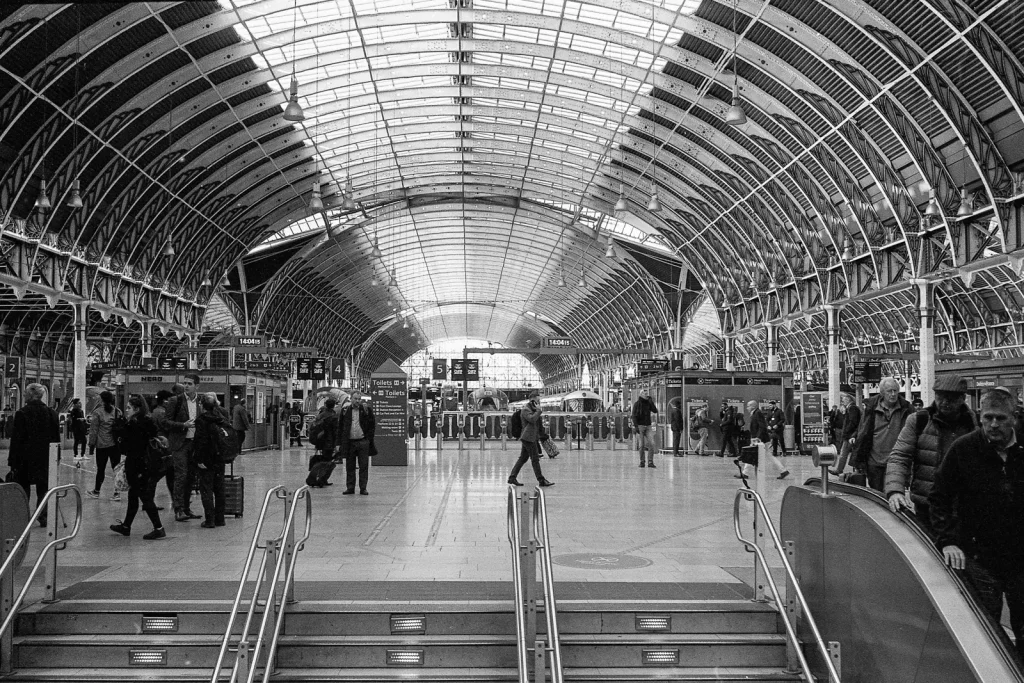
A pure amateur with a pretence of no pretensions, you can find me on Instagram as charlesdamorgan
Share this post:
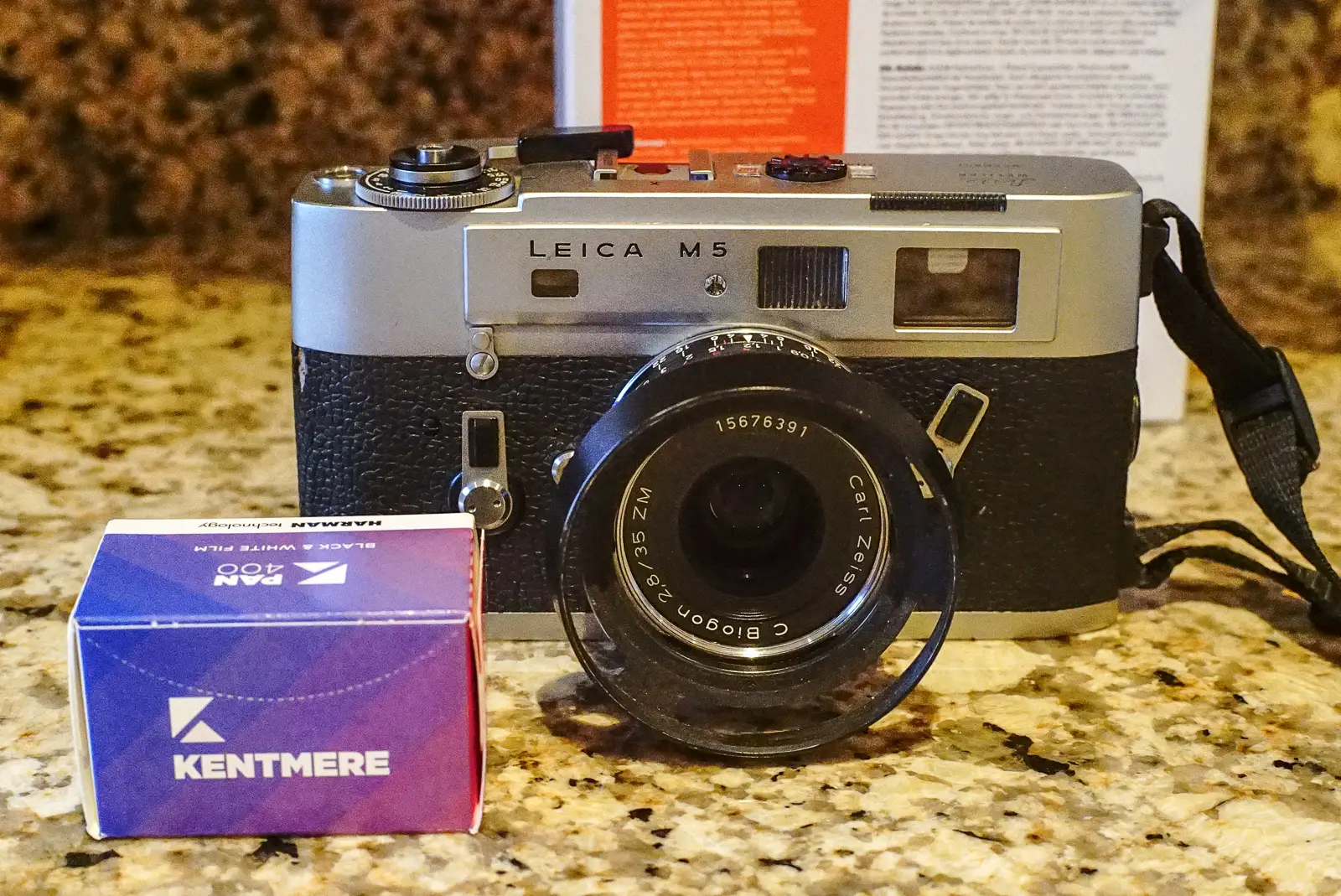
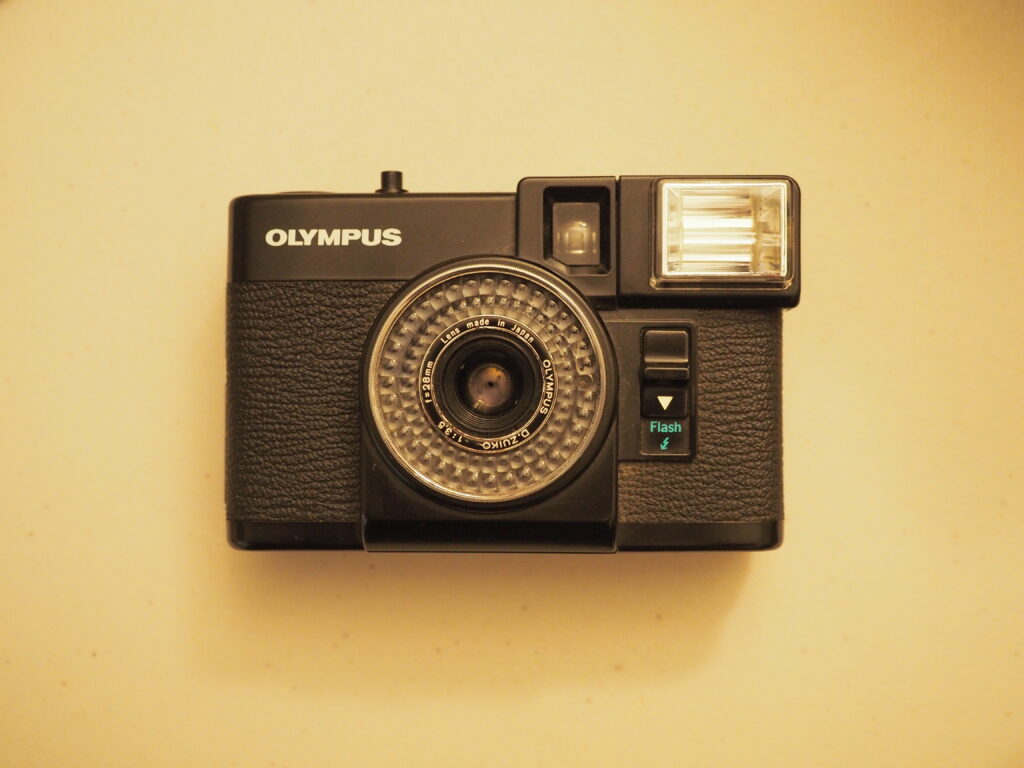
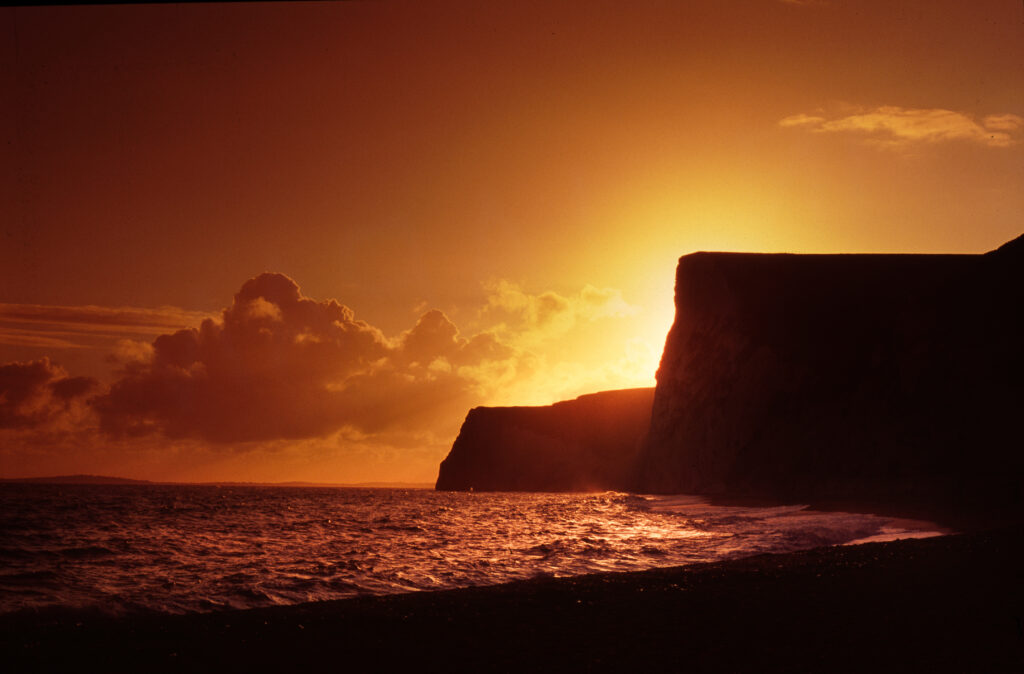
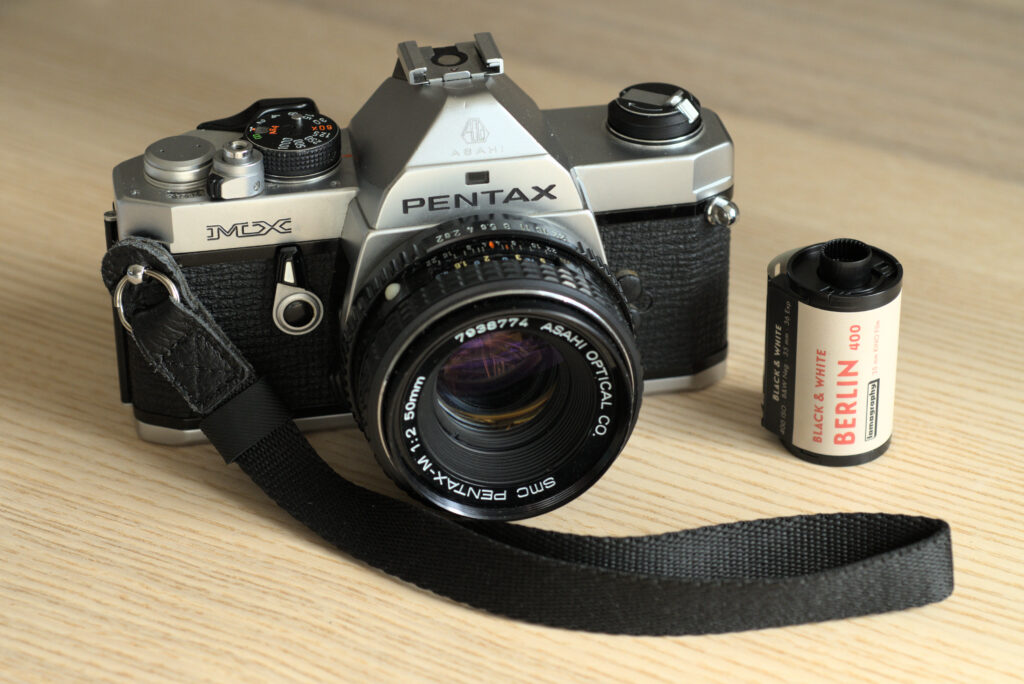
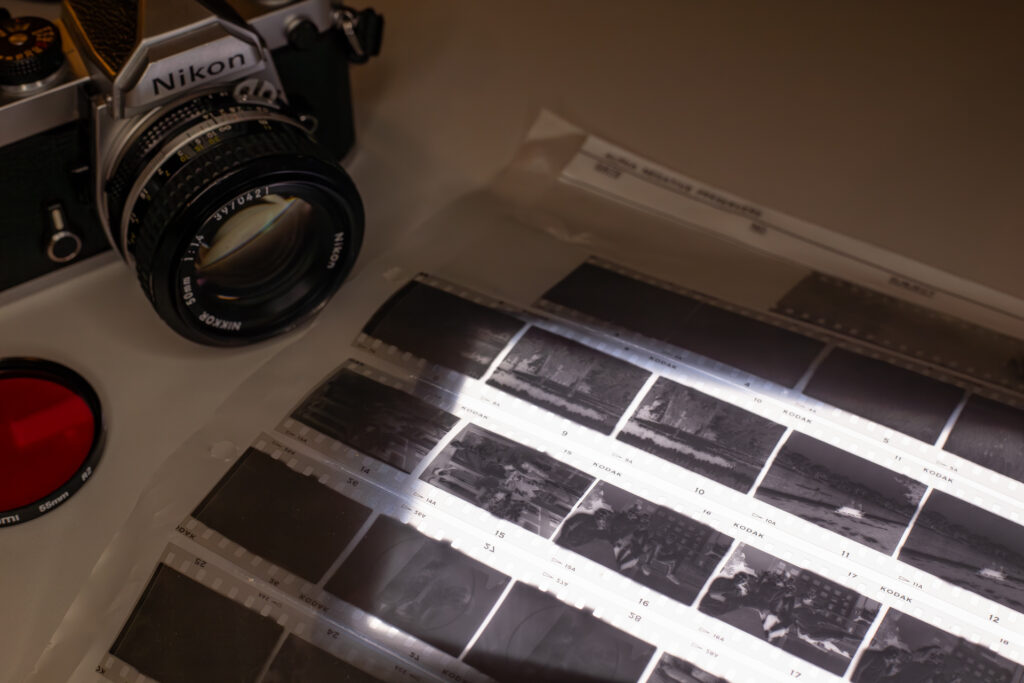




Comments
Willy MAES on 5 frames with a Leica M5 and Zeiss Biogon C 35mm f/2.8 – By Charles Morgan
Comment posted: 23/12/2019
Willy MAES on 5 frames with a Leica M5 and Zeiss Biogon C 35mm f/2.8 – By Charles Morgan
Comment posted: 23/12/2019
Comment posted: 23/12/2019
Terry B on 5 frames with a Leica M5 and Zeiss Biogon C 35mm f/2.8 – By Charles Morgan
Comment posted: 23/12/2019
Comment posted: 23/12/2019
Hank on 5 frames with a Leica M5 and Zeiss Biogon C 35mm f/2.8 – By Charles Morgan
Comment posted: 23/12/2019
I, too, lust after medium format, but not for the size/weight of medium format. I’ve settled on a Plaubel W67, which is heavier than my Leica, but compact. Great Nikkor lens as well.
Comment posted: 23/12/2019
Ed on 5 frames with a Leica M5 and Zeiss Biogon C 35mm f/2.8 – By Charles Morgan
Comment posted: 23/12/2019
Comment posted: 23/12/2019
David Narbecki on 5 frames with a Leica M5 and Zeiss Biogon C 35mm f/2.8 – By Charles Morgan
Comment posted: 23/12/2019
CharlesMorgan on 5 frames with a Leica M5 and Zeiss Biogon C 35mm f/2.8 – By Charles Morgan
Comment posted: 23/12/2019
Rob B on 5 frames with a Leica M5 and Zeiss Biogon C 35mm f/2.8 – By Charles Morgan
Comment posted: 23/12/2019
CharlesMorgan on 5 frames with a Leica M5 and Zeiss Biogon C 35mm f/2.8 – By Charles Morgan
Comment posted: 23/12/2019
Comment posted: 23/12/2019
Keith moss on 5 frames with a Leica M5 and Zeiss Biogon C 35mm f/2.8 – By Charles Morgan
Comment posted: 23/12/2019
Comment posted: 23/12/2019
Charles Higham on 5 frames with a Leica M5 and Zeiss Biogon C 35mm f/2.8 – By Charles Morgan
Comment posted: 23/12/2019
Comment posted: 23/12/2019
Kodachromeguy on 5 frames with a Leica M5 and Zeiss Biogon C 35mm f/2.8 – By Charles Morgan
Comment posted: 23/12/2019
Daniel Castelli on 5 frames with a Leica M5 and Zeiss Biogon C 35mm f/2.8 – By Charles Morgan
Comment posted: 24/12/2019
I'm in the same boat, so to speak, regarding the quest to make my kit lighter. I too have an injury that is aggravated by carrying a bag with some weight and bulk. I switched to a Domke special edition bag made from rip-stop nylon (featherweight), replaced some essential items with lighter weight versions, and fitted my M4-P/M2 with the diminutive, but exceptional 40mm M-Rokkor f/2.0. Some testing of the 40mm lens revealed an almost identical match with a 35mm lens: both in viewfinder coverage and actual scene/subject coverage. The lens weighs next to nothing, and tucks onto the body like a collapsed Elmar.
But, I've always been intrigued with the M5. Your account just makes me more curious and wanting to try one out. Thanks and wishing you continued good shooting.
Comment posted: 24/12/2019
Greg Maslak on 5 frames with a Leica M5 and Zeiss Biogon C 35mm f/2.8 – By Charles Morgan
Comment posted: 26/12/2019
Years ago I set out to purchase a metered Leica and ended up with a Mamiya 6. Leica like with a 6x6 format, it has ergonomics reminiscent of an M5. If you get the chance, you might give it a try. I think it would make a nice compliment to your set up.
Again, great piece, nice pictures. My favourite is the “Family Mausoleum”.
Comment posted: 26/12/2019
Ashley Carr on 5 frames with a Leica M5 and Zeiss Biogon C 35mm f/2.8 – By Charles Morgan
Comment posted: 28/12/2019
But overall I’m just happy to find another Perceptol user! Perceptol has been my main developer for nearly 10 years now to the point that I actually make it myself now from the raw ingredients.
For years I rated my HP5 at EI 250 using a 1 2 dilution and varied development time to suit the contrast of the scene. However I’ve recently switched to a rating of EI 320 and diluted down to 1 3. Although a small tweak I’ve noticed a touch more sharpness to the grain as well as touch more of the compensating effect, opening up the shadows a touch further.
I’ve always wondered why Perceptol hasn’t been more widely adopted. I can only think it must be the speed loss that people zero in on and the fact it’s really not a developer for push processing (we all know how people love to push)!
So it’s great to see there’s someone else out there that’s discovered the treasure that is Perceptol!
CharlesMorgan on 5 frames with a Leica M5 and Zeiss Biogon C 35mm f/2.8 – By Charles Morgan
Comment posted: 28/12/2019
Comment posted: 28/12/2019
Comment posted: 28/12/2019
Gerry Reilly on 5 frames with a Leica M5 and Zeiss Biogon C 35mm f/2.8 – By Charles Morgan
Comment posted: 28/12/2019
Comment posted: 28/12/2019